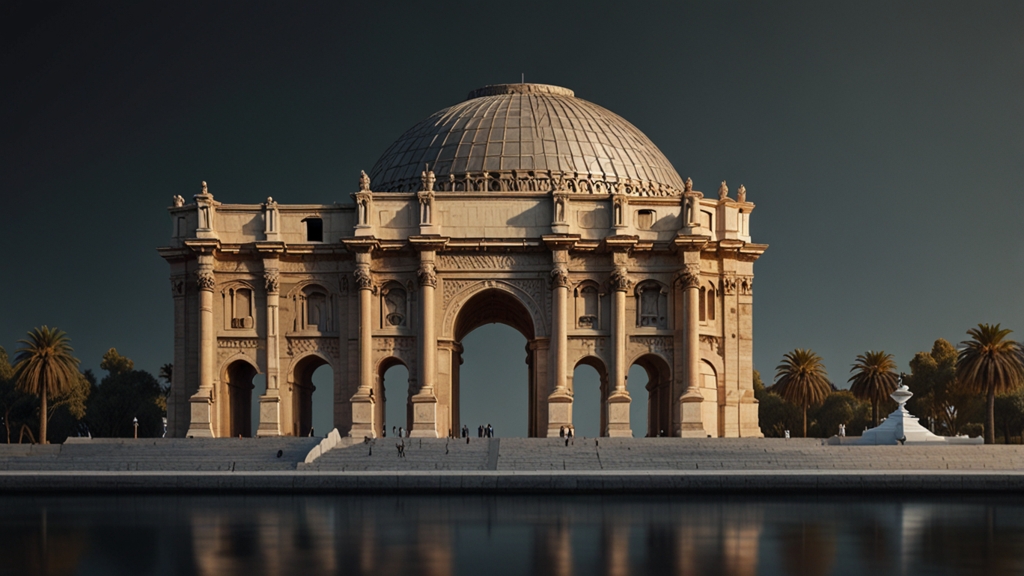Breaking Down the Geometry of Famous Landmarks
The architecture of famous landmarks around the world is a magnificent display of geometric precision and creativity. By breaking down the geometry behind these iconic structures, we gain an appreciation for the mathematical beauty that underpins their designs. From the triangular shapes of the Louvre Pyramid to the curves of the Sydney Opera House, geometry plays a crucial role in defining their aesthetic and structural integrity.
The Egyptian Pyramids
The geometry of the ancient Egyptian pyramids, particularly the Great Pyramid of Giza, is a testament to the architectural prowess of early civilization. The pyramid's square base transitions into four triangular faces that meet at the apex, forming an almost perfect pyramid. Each face is an isosceles triangle, and the angles at the base are precisely calculated to ensure stability.
“The pyramids' meticulous alignment with the cardinal points and their proportional dimensions, adhering to the golden ratio, showcase an extraordinary understanding of geometry and astronomy by the ancient Egyptians.”
The Eiffel Tower
The Eiffel Tower in Paris is not just a marvel of engineering but also an intriguing example of geometric design. Standing at 324 meters tall, the tower is a lattice of iron that forms distinct geometric patterns. The tower’s structure can be decomposed into a series of triangles, which collectively provide immense strength and stability. The use of triangles in the design distributes weight evenly, allowing the tower to withstand wind and weather.
“Through the interplay of diagonal, horizontal, and vertical beams, the Eiffel Tower embodies a geometric elegance that has made it an enduring symbol of architectural innovation.”
The Sydney Opera House
The Sydney Opera House, with its distinct sail-like shells, is an iconic example of complex geometry in modern architecture. The structure consists of a series of interlocking vaulted shells, each a section of a sphere. This novel use of spherical geometry allows the building to achieve its unique, flowing forms while maintaining structural integrity.
The geometric principles that define the opera house’s design were crucial in solving engineering challenges. The shells are constructed using a repeated modular approach, demonstrating how geometric repetition can lead to both aesthetic harmony and practical function.
The Louvre Pyramid
The Louvre Pyramid in Paris, designed by architect I. M. Pei, is a stunning example of the application of simple geometric shapes in modern architecture. The pyramid is made entirely of glass and metal, creating a striking contrast with the classical architecture of the Louvre Museum. Its geometry is straightforward yet powerful, consisting of 603 rhombus-shaped and 70 triangular glass segments that come together to form a square-based pyramid.
“The deliberate geometric simplicity of the Louvre Pyramid allows it to serve as a modern gateway to the museum while seamlessly integrating with the historic surroundings.”
Conclusion
Understanding the geometry behind famous landmarks offers insightful perspectives into architectural design and innovation. The precise use of geometric principles not only contributes to the structural stability of these landmarks but also enhances their visual appeal. Whether ancient or modern, these architectural marvels exemplify how geometry serves as a foundation of artistic and engineering excellence, proving that the language of shapes and angles is universal and timeless.










